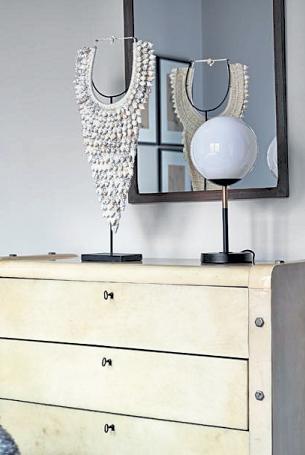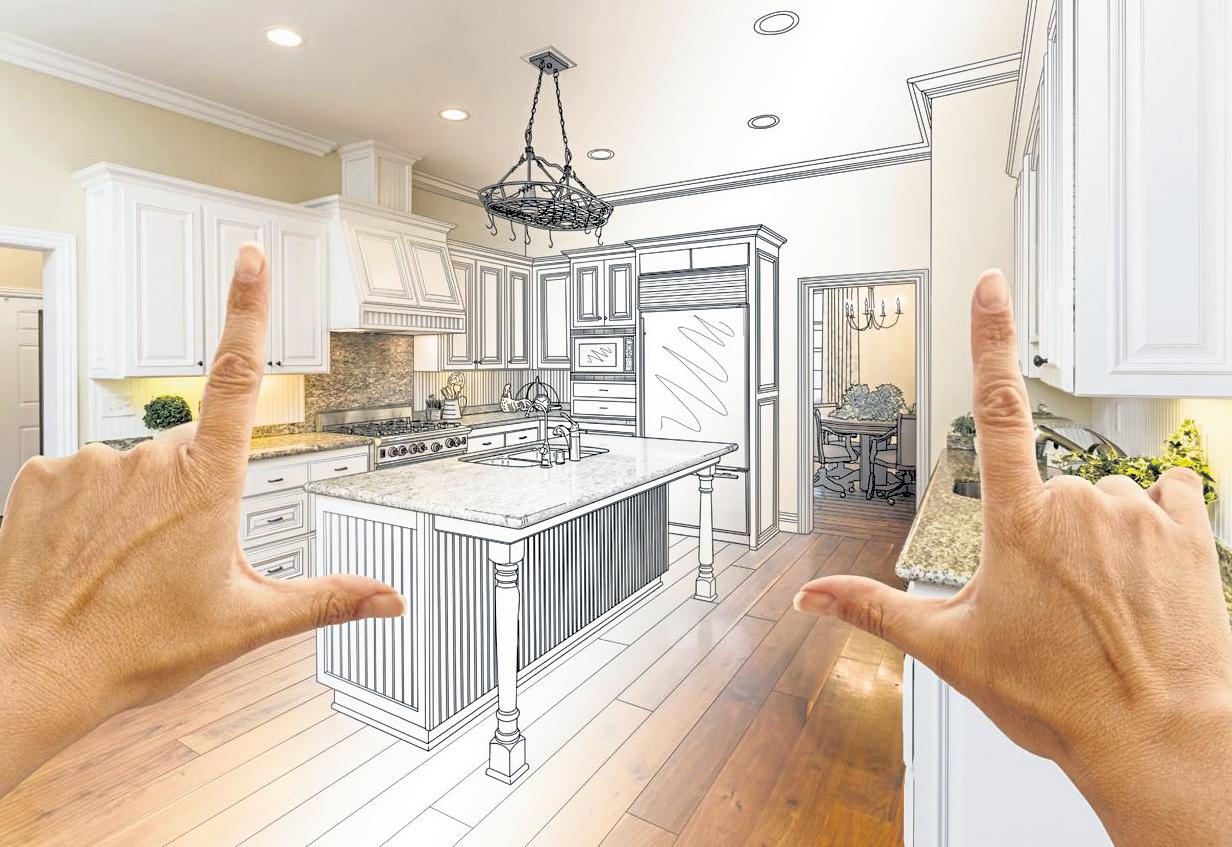
3 minute read
Global pieces
4.25 percent, Goldman says. That’s higher than the rate on a primary mortgage, but it includes the flexibility of allowing homeowners to borrow against yet-to-be-created value.
Borrowers pay for an appraisal that establishes the home’s value after renovation. The appraiser looks at the proposed construction plan and determines by how much the work will boost the property’s market value.
The typical RenoFi customer borrows $150,000, Goldman says. At that amount, a 20-year loan with a 4.25 percent interest rate carries a monthly payment of $929.
Goldman says RenoFi’s loans also appeal to homeowners who recently locked in loans at rockbottom levels and don’t want to do a cash-out refinance to pay for improvements.
“If you’ve taken advantage of a low rate and refinanced, you’re going to have to pay all those closing costs again,” Goldman says.
That situation applied to Segal, the Philadelphia-area homeowner. He had recently refinanced and didn’t want to do so again.
“We have a great rate on our current mortgage, and we didn’t want to touch that,” he says.
To land a RenoFi loan, the borrower pays for the afterrenovation appraisal, which typically costs $100 to $200 more than a standard appraisal, Goldman says. Beyond that, closing costs typically range between $95 and $500.
“Credit unions’ closing costs are typically lower than a traditional bank, so in the end, it’s still cheaper for the homeowner,” Goldman says.
Other Ways To Pay For Home Improvements
RenoFi’s loans are one of several options for homeowners looking to renovate. Among the others:
Home equity lines of credit. HELOCs come with one significant caveat: To borrow against your house, you must have plenty of home equity. Before considering a HELOC, make sure the value of your home is significantly higher than the amount you still owe on your mortgage. HELOCs usually close quickly and carry variable interest rates.
Home equity loans.
Essentially a second mortgage, a home equity loan comes with a fixed interest rate. As with a HELOC, you’ll need sufficient equity. FHA 203(k) loans.
This type of loan lets you borrow against the value of the home after improvements. FHA loans are lenient about down payments and credit scores, but they charge higher mortgage insurance fees than other types of loans.
Cash-out refinance.
In this scenario, you borrow more than you owe on your existing mortgage and apply the proceeds to renovations. This requires equity in your home. Construction loan.
A home construction loan is a short-term, higher-interest loan that provides the cash to pay the contractors. The property owner typically needs a longerterm mortgage after the work is completed. Selling a stake in your home.
A new breed of financial technology firms is pitching American homeowners on a different way of tapping into home equity. If you’re sitting on a pile of it, these companies — including Haus, Hometap, Noah, Point and Unison — will buy a piece of your house. You repay the “co-investment” when you sell. One downside: This money comes at a higher cost than a mortgage or HELOC. (Visit Bankrate online at bankrate.com.)

THE FRESHEST LISTINGS
Come straight from the source.
We May Have the Right Buyer for Your Home Already!
SecretHomeSellers.com Thinking of Selling and Not ready to Tell the world?
Sign up at www.SecretHomeSellers.com To Learn if one of our Buyers is waiting for you. Bring your Agent with You to Look at New Construction
There are a lot of decisions to Make When you are Building Your New Home Have an Agent on YOUR Side Remember that the Builder’s Rep works for the Builder. Let Us Go with You! We have Experience!
#HappyPetHappyHome
Wilson, the friendly, furry, neighbor!
Owner: Betsy Fox
Veterans use your Benefits Buy with a VA Loan!
• 100% Financing - VA Loans • $0 Down Payment • Low Fixed Rates
Take Advantage of your VA Benefits!






